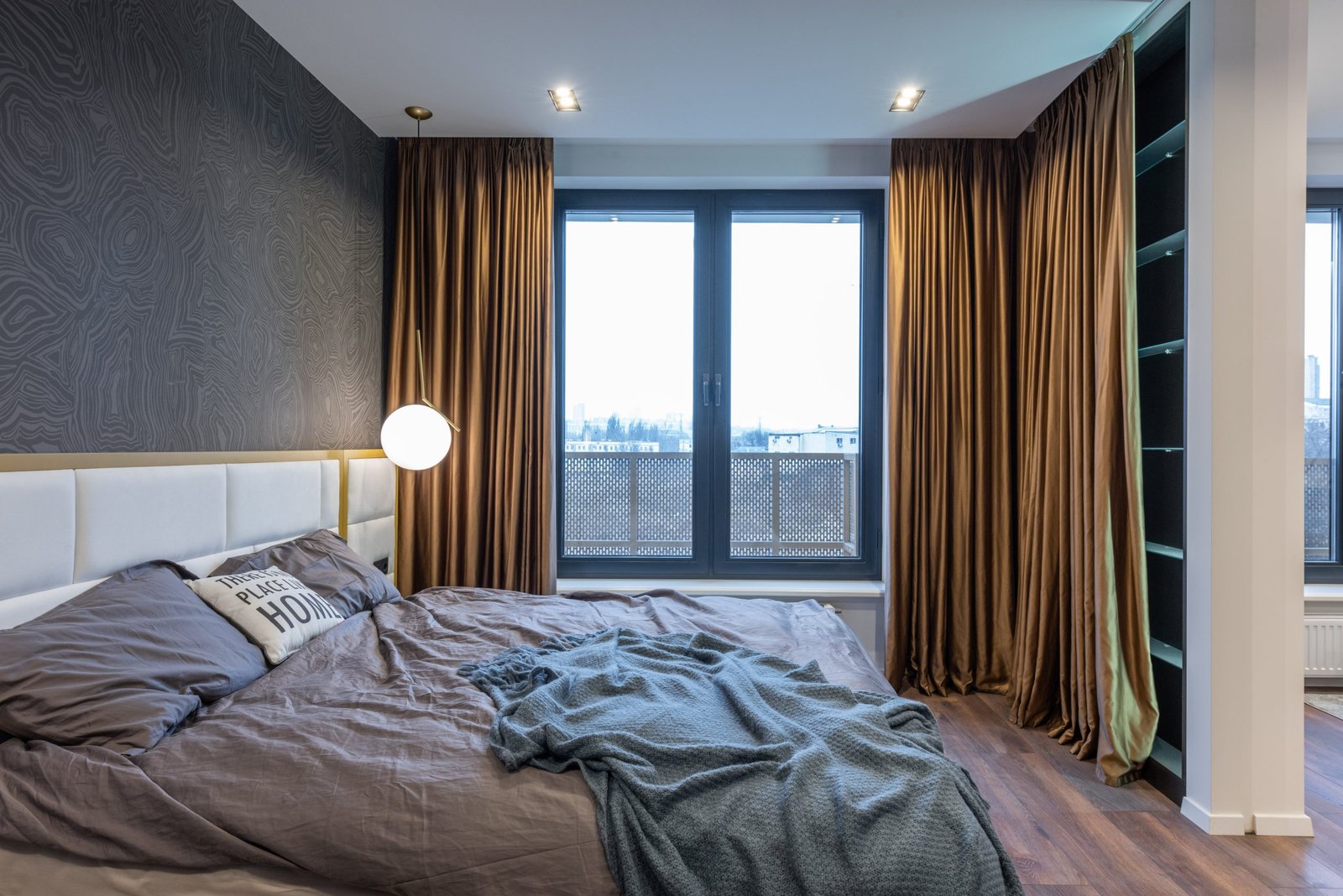
Unlock Perfect Room Layouts and Furniture Arrangements with Feng Shui Home Design
Table of Contents
Have you ever walked into a room and felt an immediate sense of peace and harmony? That feeling could be attributed to the principles of feng shui, an ancient Chinese practice that focuses on creating balance and positive energy in living spaces. In feng shui home design, the layout and arrangement of furniture play a crucial role in enhancing the overall energy and flow of a room. By following certain principles and techniques, you can unlock the secrets to perfect room layouts and furniture arrangements that promote a harmonious and serene environment.
Understanding Feng Shui Principles for Room Layouts
Assessing the Bagua Map and Room Functionality
One of the fundamental aspects of feng shui is the use of the bagua map, which is a tool for understanding the energy flow in a space. The bagua map is divided into different areas, each representing a specific aspect of life, such as health, relationships, wealth, and creativity. By examining the bagua map and aligning it with the layout of a room, you can determine the appropriate functionality for each area.
For example, if the bagua map indicates that a particular area of the room corresponds to relationships, it would be best to designate that space as a cozy seating area or a dining spot where you can gather with loved ones. Understanding the bagua map helps you create room layouts that support the desired energy in each area, enhancing the overall balance and harmony in your home.
Creating Balanced Room Layouts
In feng shui, balance is key to creating positive energy flow. To achieve good feng shui in your room layouts, it is important to consider the balance of elements. This includes incorporating both yin and yang energies. Yin represents calmness, softness, and relaxation, while yang symbolizes energy, brightness, and activity.
To create a balanced energy flow, you can arrange furniture in a way that combines both yin and yang elements. For example, in a living room, you could pair a soft, plush sofa with a bold, vibrant coffee table. This combination creates a harmonious balance between relaxation and energy. In a bedroom, placing a comfortable bed against a wall while having an uplifting piece of artwork on the opposite wall achieves a similar balance.
Colors and Materials for Enhanced Feng Shui
Colors and materials have a profound impact on the energy of a room. In feng shui, different colors represent different elements and emotions. By integrating specific colors into your room design, you can enhance the feng shui and create a desired atmosphere.
For instance, using calming blues or soothing greens in the bedroom promotes relaxation and tranquility, while incorporating vibrant reds in the dining area stimulates conversation and energy during meals. Additionally, choosing materials that evoke positive energy, such as natural woods or organic textiles, can further enhance the feng shui of a room.
Tips and Tricks for Perfect Feng Shui Arrangements
Maximizing Space and Flow
To optimize the energy flow in a room, it is essential to maximize the available space. Decluttering and organizing are key components of feng shui home design. Rid your space of unnecessary items and keep only those that bring you joy and positivity. This creates a clear and open pathway for energy to circulate freely.
Strategic placement of mirrors can also help amplify the flow of energy in a room. Placing mirrors opposite windows allows natural light to bounce off, creating a brighter and livelier atmosphere that helps uplift the energy in the space.
Placement of Key Furniture Pieces
The placement of key furniture pieces plays a significant role in feng shui home design. According to feng shui principles, establishing a commanding position for essential items, such as beds and desks, is crucial for energy flow.
In a bedroom, positioning the bed diagonally across from the door, with a solid wall behind it, promotes a sense of security and command. Similarly, in an office, placing the desk in a position that allows you to see the door while sitting is believed to increase productivity and decision-making ability.
Using Symmetry and Balance
Symmetry and balance are fundamental principles in feng shui. By creating symmetry in a room, you evoke a sense of equilibrium and harmony. Arrange furniture in pairs or groupings to promote balance and a pleasing aesthetic.
Circular furniture arrangements can also contribute to a sense of harmony. The circular shape signifies infinite flow and is often associated with good luck and prosperity. For instance, arranging chairs in a circular pattern in a living room fosters conversation and connection.
Remember to incorporate the five elements of feng shui – wood, fire, earth, metal, and water – in a balanced way throughout your room design. This balanced integration of the elements helps maintain harmony and positive energy flow.
Conclusion
Incorporating feng shui principles into your room layouts and furniture arrangements can have a profound impact on the overall energy and balance in your home. By understanding the bagua map, balancing yin and yang energies, utilizing colors and materials, and following practical tips for feng shui arrangements, you can unlock the secrets to perfect room layouts that promote harmony and well-being.
So, why not dive into the world of feng shui and experiment with different techniques to create the ideal living space? Embrace the beauty of feng shui home design and elevate the energy of your living environment. Your home will not only look beautiful but also feel like a sanctuary of positivity and balance.

